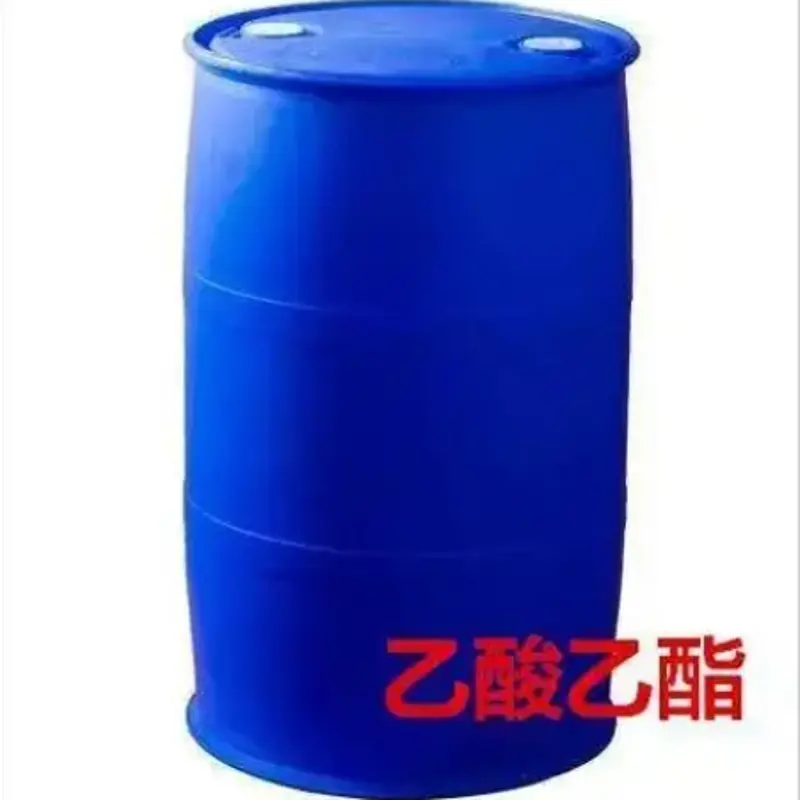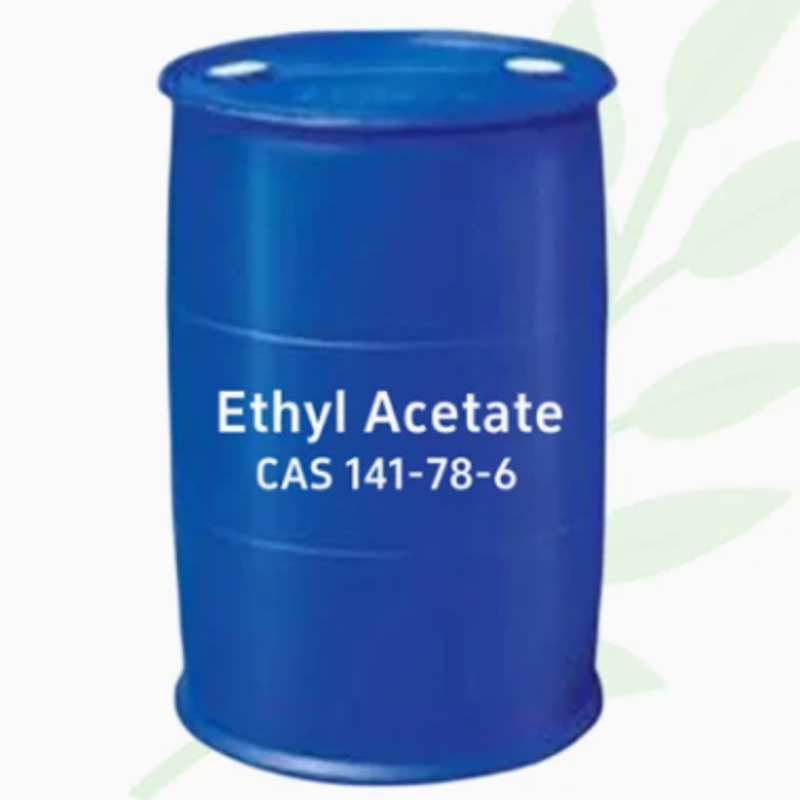-
Categories
-
Pharmaceutical Intermediates
-
Active Pharmaceutical Ingredients
-
Food Additives
- Industrial Coatings
- Agrochemicals
- Dyes and Pigments
- Surfactant
- Flavors and Fragrances
- Chemical Reagents
- Catalyst and Auxiliary
- Natural Products
- Inorganic Chemistry
-
Organic Chemistry
-
Biochemical Engineering
- Analytical Chemistry
-
Cosmetic Ingredient
- Water Treatment Chemical
-
Pharmaceutical Intermediates
Promotion
ECHEMI Mall
Wholesale
Weekly Price
Exhibition
News
-
Trade Service
The Instruction of Maytansinol (7) in the Chemical Industry: An Overview
Abstract:
The instruction of Maytansinol (7) is a vital aspect of the chemical industry, which is involved in the synthesis and purification of various organic compounds.
This instruction sheet provides detailed information on the safe handling, storage, and use of Maytansinol (7) to prevent any accidents or injuries.
In this article, we will discuss the importance of the instruction of Maytansinol (7) and its significance in the chemical industry.
Introduction:
The chemical industry plays a crucial role in the production and synthesis of various chemical compounds, which are used in a wide range of applications, including pharmaceuticals, cosmetics, and industrial processes.
In this context, Maytansinol (7) is an important organic compound that is commonly used in the chemical industry.
As with any chemical substance, Maytansinol (7) has certain hazards associated with its handling and use, and it is essential to follow proper safety guidelines to prevent any accidents or injuries.
To this end, the instruction of Maytansinol (7) is a critical aspect of the chemical industry, which provides detailed information on the safe handling, storage, and use of this compound.
Importance of the Instruction of Maytansinol (7)
The instruction of Maytansinol (7) is crucial in the chemical industry for several reasons.
Firstly, Maytansinol (7) is a hazardous chemical substance, and its improper handling or use can lead to serious health hazards, including respiratory problems, skin irritation, and even death.
Therefore, it is essential to follow proper safety guidelines to minimize the risks associated with its handling and use.
Secondly, the instruction of Maytansinol (7) ensures that the chemical is used efficiently and effectively, which is crucial for optimizing the production process and minimizing waste.
Finally, following proper safety guidelines also helps to prevent environmental pollution and ensure compliance with regulatory requirements.
Contents of the Instruction of Maytansinol (7)
The instruction of Maytansinol (7) typically includes detailed information on the following topics:
- Hazardous properties: The instruction sheet highlights the hazardous properties of Maytansinol (7), including its potential health and environmental risks.
- Physical and chemical properties: The instruction sheet provides information on the physical and chemical properties of Maytansinol (7), including its melting point, boiling point, solubility, and reactivity.
- Safe handling practices: The instruction sheet provides guidelines on how to handle Maytansinol (7) safely, including the use of protective equipment, proper storage practices, and safe disposal methods.
- First aid measures: The instruction sheet provides information on the appropriate first aid measures in case of exposure to Maytansinol (7), including skin contact, inhalation, or ingestion.
- Storage and disposal: The instruction sheet provides guidelines on the safe storage and disposal of Maytansinol (7), including the recommended storage conditions, disposal methods, and waste management practices.
Conclusion
In conclusion, the instruction of Maytansinol (7) is a critical aspect of the chemical industry, which provides detailed information on the safe handling, storage, and use of this hazardous chemical substance.
Following proper safety guidelines is essential to prevent any accidents or injuries and ensure compliance with regulatory requirements.
Therefore, it is crucial to take the instruction of Maytansinol (7) seriously and ensure that all personnel involved in the production and use of this chemical are adequately trained and equipped to handle it safely.






